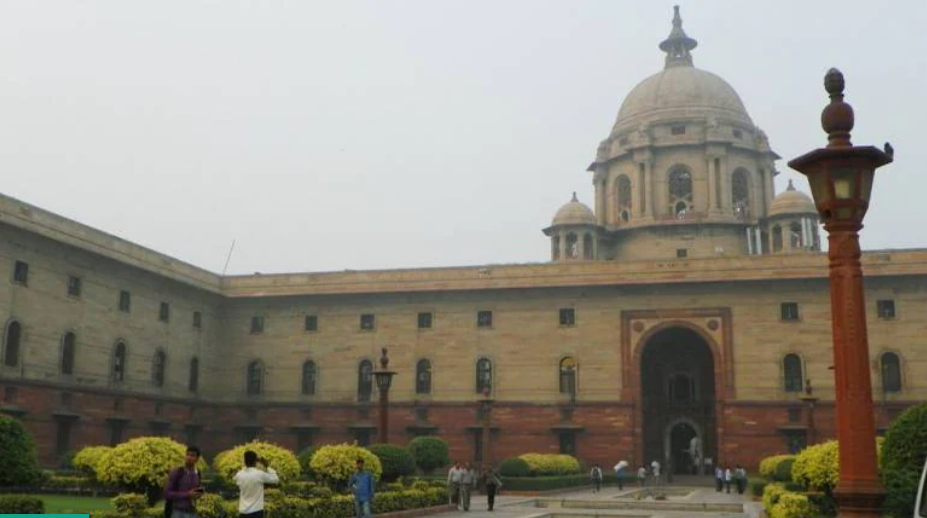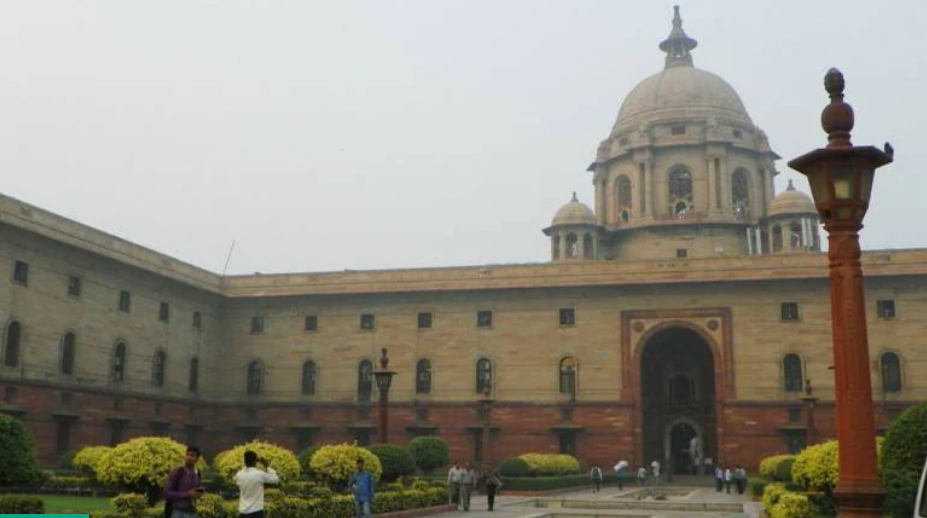Centre, states, and money: Is India's co-operative federalism dream breaking down?
India's governments at the central and state level, particularly those ruled by Opposition parties, share a rather fraught relationship. And while politics plays its role, the power the Centre exerts over the availability and sharing of monetary resources is also a considerable factor. Earlier this week, West Bengal Chief Minister Mamata Banerjee met Prime Minister Narendra Modi and asked for New Delhi to release pending funds to the state. According to Banerjee, the Centre owes over Rs 1 lakh crore funding to West Bengal for centrally sponsored schemes and money related to natural disaster claims.
For instance, the Union government has not given funds to West Bengal under the Mahatma Gandhi National Rural Employment Guarantee Scheme since March 2022. This, the Centre has said, is because the state has not complied with its directions to implement the scheme transparently, once again putting the spotlight on the fractious relationship between the Centre and the state over finances. Falling control over own finances?
First things first: expenditure by states is greater than the Centre's. Take the current year, where the Centre is budgeted to spend Rs 45.03 lakh crore and states collectively have a spending target of Rs 50.22 lakh crore. The states' budgeted capital expenditure, at Rs 8.85 lakh crore for 2023-24, is higher than the Centre's Rs 8.37 lakh crore, after adjusting for the loans component of its capex Second, spending by states is known to have a greater impact on the economy. As per a 2013 paper by RBI economists, a 1 percent increase in revenue expenditure by states is estimated to result in a 0.6 percent increase in GDP, while a similar increase by the Centre raises the GDP by about 0.2 percent. The size of these 'multipliers' is even larger when it comes to capex: 2.1 for states and 0.4 for the Centre.
The problem, however, lies in the dynamics of states' revenue and expenditure. On the expenditure side, states are competing with each other to improve their infrastructure base so that they can attract private and overseas investments and create jobs. In this, the Centre has even offered its assistance by starting a scheme under which it provides long-term, interest-free loans to states for capex. The allocation for this scheme was increased by 30 percent in 2023-24 to Rs 1.3 lakh crore. On the other hand, states have alleged the control they have over their own revenues has been reducing, with the rollout of the Goods and Services Tax (GST) in July 2017 further lowering their ability to tinker with tax rates and increase revenues.
That indirect tax revenue under GST is rising, even for states, cannot be denied. But the growth in GST revenue has not been uniform. Following the end of the GST compensation period in June 2022, certain states—especially mineral-rich ones such as Chhattisgarh—have felt the brunt of the new indirect tax regime being a destination-based system. And the government has admitted as much. "I don't see how we can come up with something specifically targeted at them (states disadvantaged by GST being destination-based) – unless the Finance Commission looks at it and changes the devolution formula and gives them something additional," Vivek Johri, former chairman of the Central Board of Indirect Taxes & Customs, had told Moneycontrol in July.





